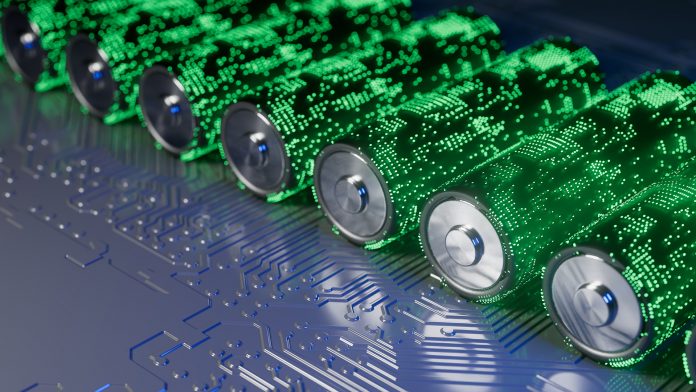Three major needs of energy storage battery, safety is the most critical
Electrochemical energy storage is considered to be the main form of energy storage in the future power system, battery and PCS is the highest value and barriers in the industry chain, the core demand lies in high safety, long life and low cost. Among them, safety is the key. Some industry experts said, now the electrochemical energy storage power plant is developing rapidly, but the safety issue is the bottleneck of its large-scale development, Beijing energy storage power plant and Tesla Australia energy storage project of the explosion also for the energy storage industry has sounded the alarm.
To this end, the Guiding Opinions on Accelerating the Development of New Energy Storage puts forward the establishment of safety technology standards and management system, strengthen fire safety management, strictly abide by the safety bottom line as the basic principle; in high safety, low cost, high reliability, long life and other aspects of the long progress; strengthen the safety of electrochemical energy storage technology research and so on. National Development and Reform Commission, the National Energy Board to organize the drafting of the "Interim Measures for the Safe Management of Electrochemical Energy Storage Stations (Draft)", has also been on August 24th to the community for public consultation, to strengthen the management of energy storage safety.


High safety, long life, nickel-metal hydride battery value highlights
China Battery Industry Association data show that nickel-metal hydride electric high security, long cycle life, its positive electrode made of nickel spheres, the negative electrode active material is supported by hydrogen storage alloy, belongs to a relatively stable material, water electrolyte has good flame retardant properties, will not explode and burn accidents, the battery monomer energy density of up to 140wh/kg; cycle life of up to 3,000, shallow charging and discharging state cycle up to 10,000 times or more; can be used for more than 10,000 times; can be used for more than 10,000 times. More than 10,000 times; can maintain a high rate of charging and discharging in -40°C ~ 60°C environment. Toyota HEV car global sales have reached more than 18 million, and widely equipped with nickel-metal hydride batteries, there has not been a single case of battery combustion accidents, the high safety of the battery has been fully verified.
Moreover, battery charging and discharging is the conversion of chemical energy and electrical energy, the temperature has a great impact on the chemical reaction. Energy storage power stations are mostly outdoors, most types of batteries are affected by the environment and temperature, limiting the location of power stations and weakening the role of energy storage. Nickel-metal hydride batteries in the very low temperature and high temperature excellent charge and discharge efficiency, so that the energy storage power station site more flexible, convenient, better overall performance, which has become its participation in the competition of different battery technology routes "plus points".
In fact, nickel-metal hydride batteries in the energy storage market application has been a precedent. 2020, nickel-metal hydride battery energy storage company Nilar by the European Investment Bank 47 million euros investment. It is understood that Nilar is focusing on renewable power generation integration and storage, standby power and electric vehicle charging applications, the investment is to promote the company will be integrated into the battery for residential, commercial and industrial and grid-scale or infrastructure market systems. According to Frontiers in Polymer Science, Professor Yi Cui's team at Stanford University has developed a nickel-metal hydride (Ni-MH) battery for large-scale renewable energy and storage applications, with the advantages of ultra-long service life, no risk of fire or thermal runaway, no need for routine maintenance, good low-temperature behavior, and low cost. Cui's team will build a pilot unit with a storage capacity of 2 megawatts in 2021, and plans to expand its capacity to 20 times that amount by 2022.
Post time: Aug-24-2023




